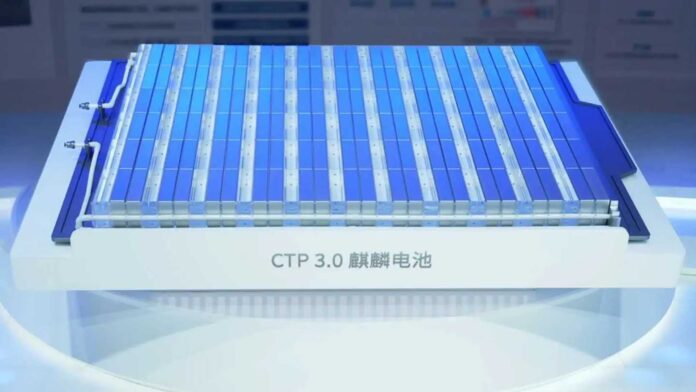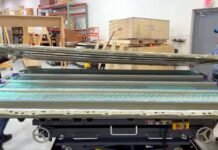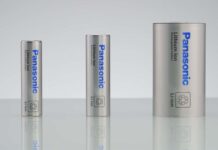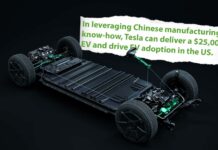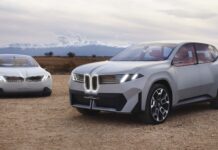[ad_1]

Stellantis and CATL announced the signing of a non-binding, strategic Memorandum of Understanding (MoU) for the local supply of LFP battery cells and modules.
The LFP batteries would be used to power Stellantis’ electric vehicle production in Europe, specifically passenger cars, crossovers, and SUVs in the B and C segments.
The two partners are considering the possibility of forming a joint venture with equivalent contributions (50/50), which means a new battery factory investment in Europe.
According to the press release, the agreement also outlines a long-term collaboration between CATL and Stellantis on two strategic fronts, which include “building a bold technology roadmap to support Stellantis’ cutting-edge battery electric vehicles and identifying opportunities to further strengthen the battery value chain”.
Let’s note that Stellantis’ Dare Forward 2030 strategic plan includes a very bold target of reaching a 100% passenger car battery electric vehicle (BEV) sales mix in Europe. For reference, in the United States, the target for passenger car and light-duty truck BEV sales mix is 50% within the same time frame (by 2030).
To secure enough batteries for mass electrification in Europe, Stellantis already has three battery plant projects on hand (one in Germany, one in France, and one in Italy) under the Automotive Cells Company (ACC) battery joint venture with TotalEnergies/Saft, later joined also by Mercedes-Benz. On top of that come agreements with external battery suppliers.
An additional partnership with CATL and potentially an additional joint venture battery gigafactory might be essential because CATL is not only the world’s largest lithium-ion EV battery manufacturer, but also one of the market leaders in the LFP battery chemistry. LFP batteries are considered to be among the most affordable ones, which can allow carmakers to reduce costs and pricing.
The recently unveiled all-electric 2024 Citroen e-C3 with a range of roughly 200 miles (320 km) WLTP and an expected price of $24,500 (projection for 2025), to be equipped with a 44-kilowatt-hour LFP battery. Several additional models might be built on Stellantis’ new Smart Car Platform, which means that now’s the time to prepare the LFP battery supply chain.
Stellantis CEO Carlos Tavares said: “This MoU with CATL on LFP battery chemistry is another ingredient in our long-term strategy to protect freedom of mobility for the European middle class. CATL is the industry leader in this sector and together with our iconic vehicle brands, we will bring innovative and accessible battery technology to our customers while helping us achieve our carbon net zero ambition by 2038.”
Robin Zeng, Chairman and General Manager of CATL said: “We are very pleased to elevate our cooperation with Stellantis to a new level. With Stellantis’ time-honored expertise in car manufacturing and CATL’s advanced battery technology, we believe the partnership will be a decisive step on both parties’ journey towards carbon neutrality goals. We will remain dedicated to delivering more competitive and sustainable solutions for our partners to promote global energy transition.”
[ad_2]
Source link

